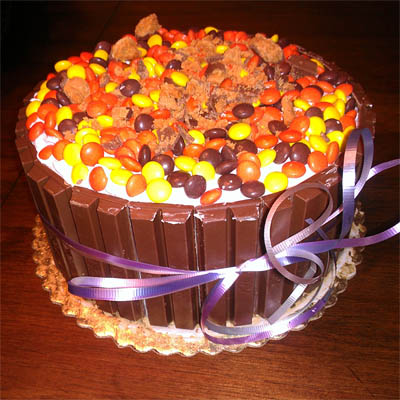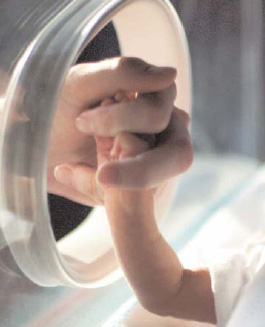I spent the five happiest years of my life in a morgue. As a forensic scientist in the Cleveland coroner’s office I analyzed gunshot residue on hands and clothing, hairs, fibers, paint, glass, DNA, blood and many other forms of trace evidence, as well as crime scenes. Now I'm a certified latent print examiner and CSI for a police department in Florida. I also write a series of forensic suspense novels, turning the day job into fiction. My books have been translated into six languages.
I don't solve cases. Detectives solve cases. I suppose I actually 'solve' them when I get a fingerprint hit for a burglary where there would have been no other way to ever identify the burglar. That happens maybe 5-10 times a year. Otherwise forensic science is usually confirming or eliminating factors that are already suspected, and often provides information (say, what caliber of gun was used or where the burglar got into the house) that doesn't point to the identity of the criminal but adds details to the overall event.
1) The camera.2) Fingerprint science. 3) DNA analysis.
Okay, I am emailing you.
When I was at the coroner's office, a typical day would be examining victim's clothing from a homicide or suicide, typing blood samples and testing gunshot residue samples. Now at the police department, a typical day is spent in front of the computer putting in latent prints that the officers or I have lifted from items and searching for a match, or checking past searches of new people put in the system. Then I might go out to process a burglary scene.
Hotel Employee
 What was the craziest request you ever got from a guest?
What was the craziest request you ever got from a guest?
Literary Scout
 Can a novelist achieve huge success through self-publishing?
Can a novelist achieve huge success through self-publishing?
Nurse Practitioner
 Could a nurse practitioner do the job of a primary care physician?
Could a nurse practitioner do the job of a primary care physician?
Yes, if you could find a microscopic hair analyst with a library of dog breed hairs, they could narrow the breed down. And if you got a DNA sample from the actual dog then DNA analysis could tie it to that specific dog.
See above.
I don't know. I wouldn't think so, but that's really not my area.
-OR-
 Login with Facebook
Login with Facebook (max 20 characters - letters, numbers, and underscores only. Note that your username is private, and you have the option to choose an alias when asking questions or hosting a Q&A.)
(A valid e-mail address is required. Your e-mail will not be shared with anyone.)
(min 5 characters)
By checking this box, you acknowledge that you have read and agree to Jobstr.com’s Terms and Privacy Policy.
-OR-
 Register with Facebook
Register with Facebook(Don't worry: you'll be able to choose an alias when asking questions or hosting a Q&A.)